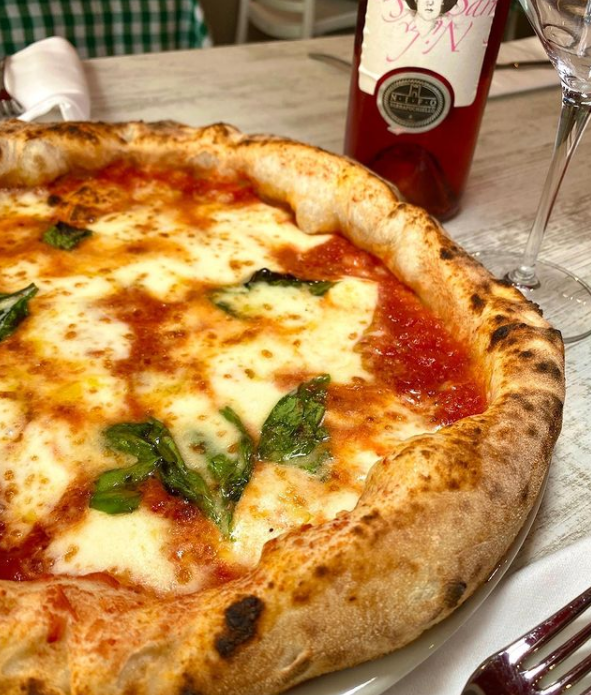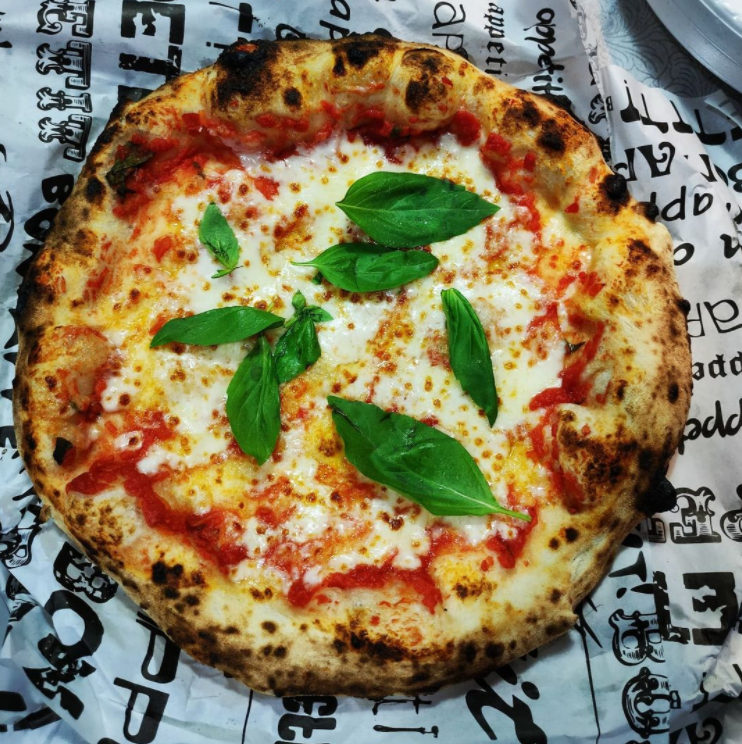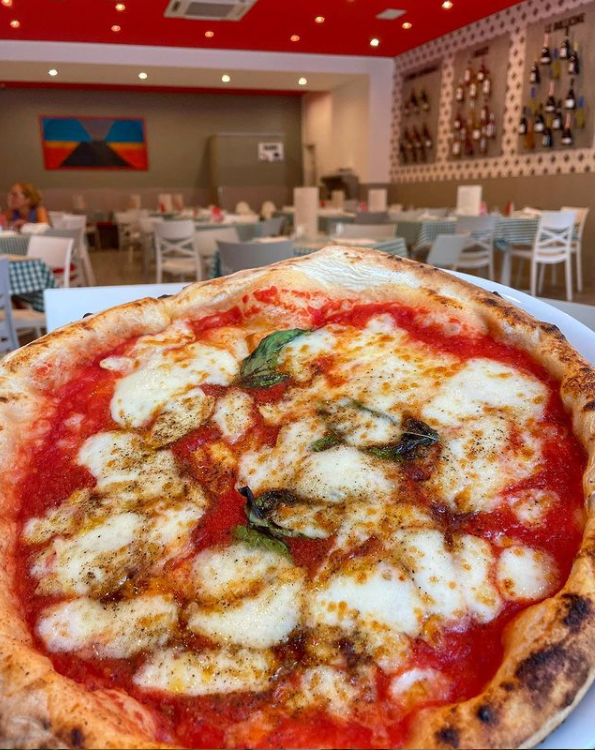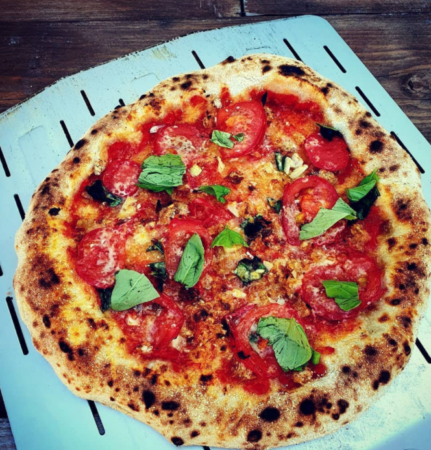Pizza Napolitana
Pizza Napolitana. Ok, this needs no introductions. For many people, Pizza and Napoli are one and the same. Arguably Italy and Pizza are one and the same but if you do your research you will come across a stunning revelation. Naples is Italy’s capital when it comes to pizza. Which means Naples is the world capital of pizza.
First off, leaving the ancients behind (many of them ate some form of flatbread or another and topped them with all sorts of veggies and cheeses), the first ever mention of the word pizza according to Wikipedia comes from 16th-century Naples, a reference to a local flatbread of the era. It is also certain that the ancients did not use tomatoes for their pita bread since tomatoes only came to Europe from Peru with the explorers of the 16th century.
Many years passed with Europeans being afraid to consume the most popular fruit (yes, tomato is a fruit) of our era. In fact, they thought tomatoes were poisonous. Up until the point when famine started to take a toll on the poor of one of the most populous cities in Europe which was Naples in the mid 1700’s.
The poor started to make use of the discarded by the upper classes fruit without any evident side effects and by the end of the century pizza flatbreads topped with tomatoes, garlic, olives, and whenever possible cheese and anchovies had become the dominant poor man’s meal in Naples. Pizzas became popular with many visitors to Naples seeking out the poorer neighborhoods to try the local specialty.



By 1807 already 54 pizzerias existed and by the second half of the nineteenth century, they had increased to 120. King Umberto I and Queen Margherita of Savoy visited Naples in 1889. According to the legend, the royal couple had grown tired of their everyday diet of French cuisine and asked for an assortment of pizzas from the city’s Pizzeria Brandi, the successor to Da Pietro pizzeria, founded in 1760.
The colors of the Italian flag were mirrored in the ingredients: tomatoes for red; cheese for white; and basil for green. And thus, the iconic pizza Margherita was born. Pizza would remain little known in Italy beyond Naples’ borders until the 1940s.
Today, there are more than 500 pizzerias in Naples, with a fifth of them certified by the True Neapolitan Pizza Association (Associazione Vera Pizza Napoletana) an international organization officially established in June 1984 by a group of the oldest families of pizza makers and the most famous Neapolitan pizzerias, seeking to cultivate the culinary art of making Neapolitan pizza. So let us start from the basic. Pizza Margherita: Topped with tomato, fresh sliced mozzarella, fresh basil, and extra-virgin olive oil.
According to the rules of the Associazione, only two types of mozzarella cheese can be used. One is fior di latte made from cow’s milk and the other is mozzarella di Bufala, made from water buffalo milk, raised in the Campania and Lazio marshlands. In other words. Pizza Margherita IS Pizza Napolitana. One main variation is Pizza Marinara: Topped with tomato, garlic, oregano, and extra-virgin olive oil…an no cheese!! Part of Neapolitan pizza’s fame comes from how it’s cooked.
The dough must be no more than 3mm thick and must bake for 60 to 90 seconds at a very high temperature – 485°C – inside a wood-burning oven. The result is a pizza that’s crispy but not burnt. Another secret lies probably in the water and in the natural leavening. It can take from 8 to 12 hours. Since you will most probably sample as much pizza as you can in Naples just remember the main keeper from all this. Thin, soft, pliable crust.




